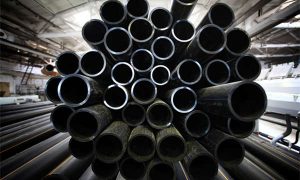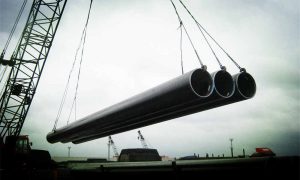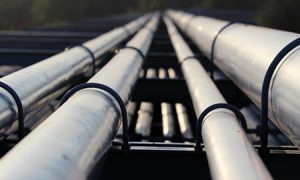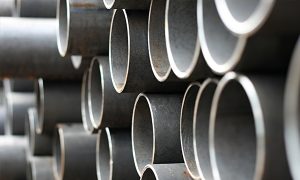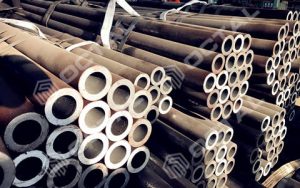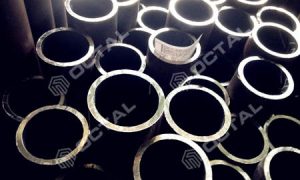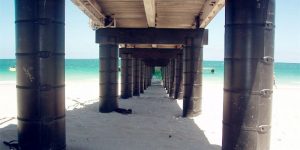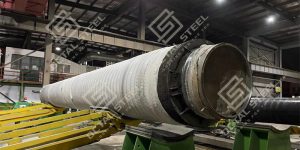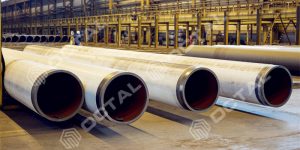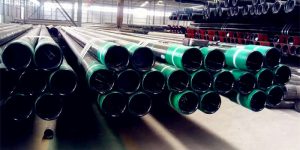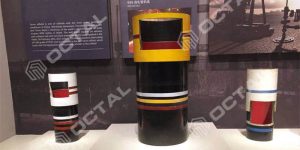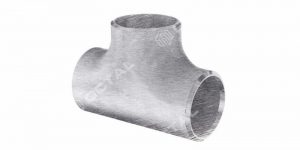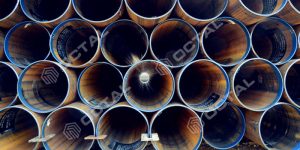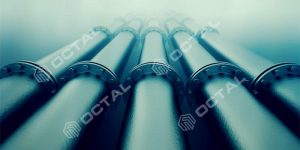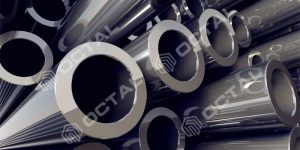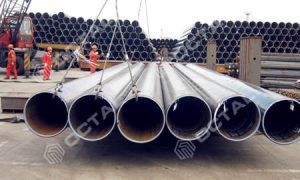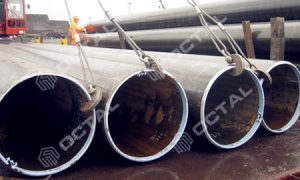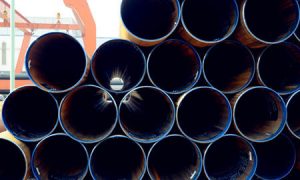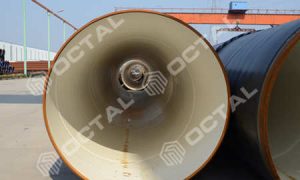What is NACE MR0175/ISO 15156 Pipe and Fittings
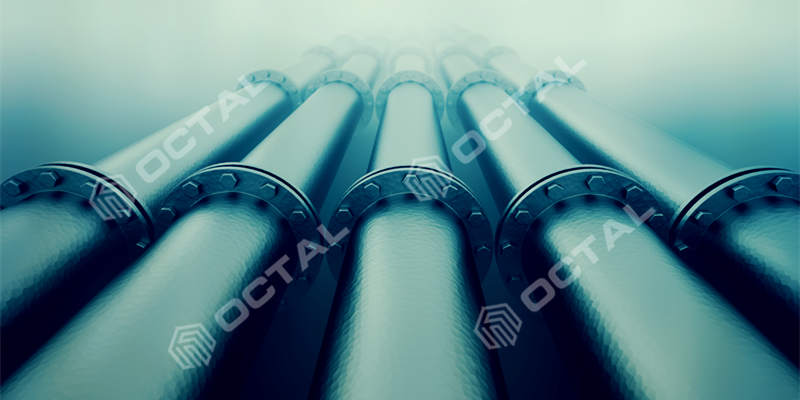
Always in pipeline systems we met the material with NACE MR0175/ISO 15156 pipe or fittings, so do you really know what is the major differences between NACE carbon pipe and normal carbon steel pipe? And how is the cost for nace material?
So today we are going to introduce NACE MR0172 / ISO 15156 from different aspects as below:
Definitions and means
Standard Scope
Related equipment and products
Material Cost
Chemical Compositions
Mechanical Strength
Applications
Work Conditions
Notifications before Purchasing Nace Pipe and Fittings
What is NACE
NACE was established since 1943, full name is The National Association of Corrosion Engineers. The founders were 11 engineers of anti-corrosion of pipeline industry.
Till now, NACE has been the largest organization to broadcast knowledge of anti-corrosion and improve skills of corrosion prevention.
In NACE standards, MR0175 is the standard of material requirements for H2S containing oil and gas production and equipment.
As a result, Nace pipe is used in H2S containing gas and oil transportation.
You could find NACE MR0175 standard specification from here.
NACE MR0175 or ISO 15156 Scope
NACE MR0175/ISO 15156 provides common rules, gives suggestions and requirements to select qualified steel materials, that served in equipment used in oil and gas production, and in natural gas sweentening plants in H2S-containing environments. Where if such equipment failed could make a risk to human health and safety, and damage to the environment.
It is also a federal standard in US as recognized as ISO 15156, for Petroleum and natural gas industries that materials applied in H2S-containing environments in oil and gas production.
Cracking Types
This standard NACE MR0175/ISO 15156 addresses all mechanisms of cracking that can be caused by H2S, including below cracking conditions.
Sulfide stress cracking (SSC)
Stress corrosion cracking
Stepwise cracking
Soft zone cracking
Stress-oriented hydrogen-induced cracking
Hydrogen-induced craking
Galvanically induced hydrogen stress cracking
How to select material
Steel materials that selected or qualified using NACE MR0175/ISO 15156 are resistant to cracking in defined H2S-Containing environments in oil and gas production, but are not nesessarily immune under all service conditions.
Consequently,
It has been taken as the instructions for selecting the qualified material of carbon and low-alloy steels, corrosion resistant alloy steels and other alloy materials that against in the H2S contained environments. Meanwhile, the standard also suitable for API, ASTM, ASME and ANSI etc.,
(In some cases, NACE pipe is also equivalent to sour service pipe, that applied in H2S environments.)
Equipment that applied with NACE MR0175
We know that there are a lot of equipment applied with NACE MR0175/ISO 15156 standard, mostly in oil and gas drilling, construction, lifting activities.
For example drilling as drill bits; Subface equipment like sucker rods pumps and sucker rods, electric submersible pumps, and other artificial lift equipment;
Sour water handling equipment, natural gas treatment plants.
And most important, steel pipe and fittings that for transportation pipelines of oil and gas, liquids, and multiphase fluids.
This is something we are going to talk about.
NACE Carbon Steel Pipes Related
Carbon and alloy steel containing up to carbon and up to manganese and residual quantities of other elements, except those intentionally added in specific quantities for deoxidation (usually silicon and/or aluminum)
Please note:
In standard NACE MR0175 carbon steel pipes and fittings material used in petroleum industry usually contain carbon less than 0.8%.
Carbon and low alloy steels includes plate, pipe, pipe fitting that complied with NACE MR0175, with stated exceptions, further SSC testing is not required. Nevertheless, any SSC testing that forms part of a materials manufacturing specification shall be carried out successfully and the results reported.
Please note, the carbon and alloy steel pipes and fittings described/listed in previously NACE MR0175 (all versions) were identified by extensive correlations of filed failures/successes and laboratory data. The hardness limit of HRC 22 applied to most carbon and low alloy steels was based upon correlations of heat treatment, chemical composition, hardness and failure experience. The higher hardness limits for the chromium-molybdenum steels were based upon similar considerations.
Carbon Steel Pipe Standards Refer NACE
NACE MR0175 standard includes below standard steel pipes.
API 5L Seamless Grade B to X42, to X65
ASTM A53 Pipe
ASTM A106 Grade B, A, and C
ATSM A333 Grade 1 and 6
ASTM A524 Grade 1 and 2
ASTM A 381 Class 1 Y35 and to Y65
ISO 3183-3 Grade L245 to L450
Casing and Tubing from API 5CT J55/K55 to T95
NACE MR0175 Pipe and Fittings
Steel pipe and related fittings which are made from the NACE material (complied with NACE MR 0175 or ISO 15156 standard). We call them NACE pipe, or NACE pipe fittings.
Therefore, these products are specially used in the oil and gas environments that contain the H2S etc corrosive chemicals.
Chemical Composition
For carbon and alloy steel pipes, NACE MR0175 has limits for content Sulfur (S ≤ 0.002%), Phosphorus (P ≤ 0.020%) and Carbon (C ≤ 0.10%).
Mechanical Strength
Mechanical properties of tensile strength, and yield strength is same with general pipes referred to corresponding standards.
NACE Test Methods
For sour service steel pipes, plates, and fittings, there are two commonly referenced test methods in NACE standards: HIC (Hydrogen Induced Cracking) and SSC (Sulfide Stress Cracking).
HIC test is a mandatory requirement for NACE pipes and fittings. However, if there is a certificate proving that the raw material used for manufacturing the pipes or fittings complies with NACE MR0175, then there is no need to conduct this test again.
SSC test is a long-duration experiment that is specifically conducted on alloy steel. It involves subjecting the test material to a corrosive environment while applying a constant pulling force, simulating the conditions of both working stress and internal forces. Under the combined effects of corrosion and force, the material may experience brittle rupture, which is known as SSC cracking.
SSC cracking is one of the most detrimental forms of corrosion. It leads to rapid propagation of cracks, posing a significant risk to safety and causing catastrophic failures in various structures, such as bridges, airplanes, and boiler tanks. These incidents result in severe losses in terms of human lives and property damage. SSC accidents have been observed in power stations, ships, boiler tanks, and the petroleum industry, among others.
NACE MR0175 pipe and fittings Applications
The material shall be used in water-containing liquid and media which include all kinds of gas, or crude oil with H2S content. the H2S absolute partial pressure ≥0.0003 Mpa (0.05 psia).
However, it is worth noting that under certain conditions, the application of NACE MR0175 is not necessary and is at the discretion of the users. These conditions include:
a. Low-pressure gas: When the total pressure is less than 0.4 MPa (65 psia).
b. Low-pressure gas and oil multiphase media: When the total pressure is less than 1.83 MPa.
NACE MR0175 provides general material requirements for the selection of materials resistant to cracking, including cracking-resistant carbon and low-alloy steels, cast irons, cracking-resistant alloys, and other alloys. It also specifies detailed requirements for equipment used in H2S-containing environments.
SSC Cracking factors
Sulfide Stress cracking affected by the following factors:
1) Subjected by chemical ingredients, hot treatment and micro structural etc. Influences metallurgy conditions and strength.
2) Hydrogen iron concentration in aqueous phase (Ph index)
3) H2S partial pressure, that is H2S concentration and the overall absolute pressure ratio.
4) Total tensile stress
5) Temperature
6) Exposure time to acid environment
7) Power storage effect
8) Chloride or other halide ions concentration
9) Oxidizing agent
10) Non-secondary fluid (including fluid used for acid excitation and packers)
In fact,
Pipe corrosion speed is also influenced by cold working of metal.
Although steel pipes, pipe fittings, production, and equipment meet the NACE MR 0175 standard and have the function of being anti-H2S corrosion, they can still be susceptible to corrosion if there are issues with design, manufacturing, installation, material selection, and processing.
Material Cost of NACE MR0175 compared to General pipe
The price for NACE pipe itself is not too much higher than general steel pipe, (Especially for API 5L pipe or ASTM A106 pipe, the price is higher but not more than 100 dollars).
On the other hand, the HIC and SSC test fees are both expensive and challenging. If the required quantity is small and there is no existing stock available, it can be impossible to obtain the necessary material.
Working conditions for the NACE MR 0175 steel pipe
The standard should be suitable for destruction by SSC or SCC in H2S containing productions and equipment in the following conditions:
1) Resulting in equipment cannot work as usual under pressure.
2) Could not make sure to bear the pressure of the system.
3) Lead to equipment basic function cannot sustain. But under usual or low pressure.
It shall be noted that,
To choose the NACE material in these working conditions: such as water treatment equipment, sucker rods and liquid pump etc. All these products have detailed specifications but doesn’t belong within NACE MR0175 standards scope.
Things you should know before purchase NACE MR0175 steel pipe and fittings
It is the responsibility of the users to ensure whether the standards are suitable for the work conditions.
The materials of NACE steel pipes and fittings that are included in these standards can be used for various parts.
From the manufacturers’ perspective, their responsibility is to ensure that the specified material meets the metallurgical requirements, while it is the responsibility of the users to select the appropriate material for the specific environments.
Users can select specific materials based on the working conditions, which include factors such as pressure, temperature, causticity, and the characteristics of the liquid, among others.
More Technical Articles Related NACE Pipe:
Sour Service
API 5L PSL1 and PSL2 differences
API 5L PSL1 Pipe Specification
Chemical Effects to Pipe







